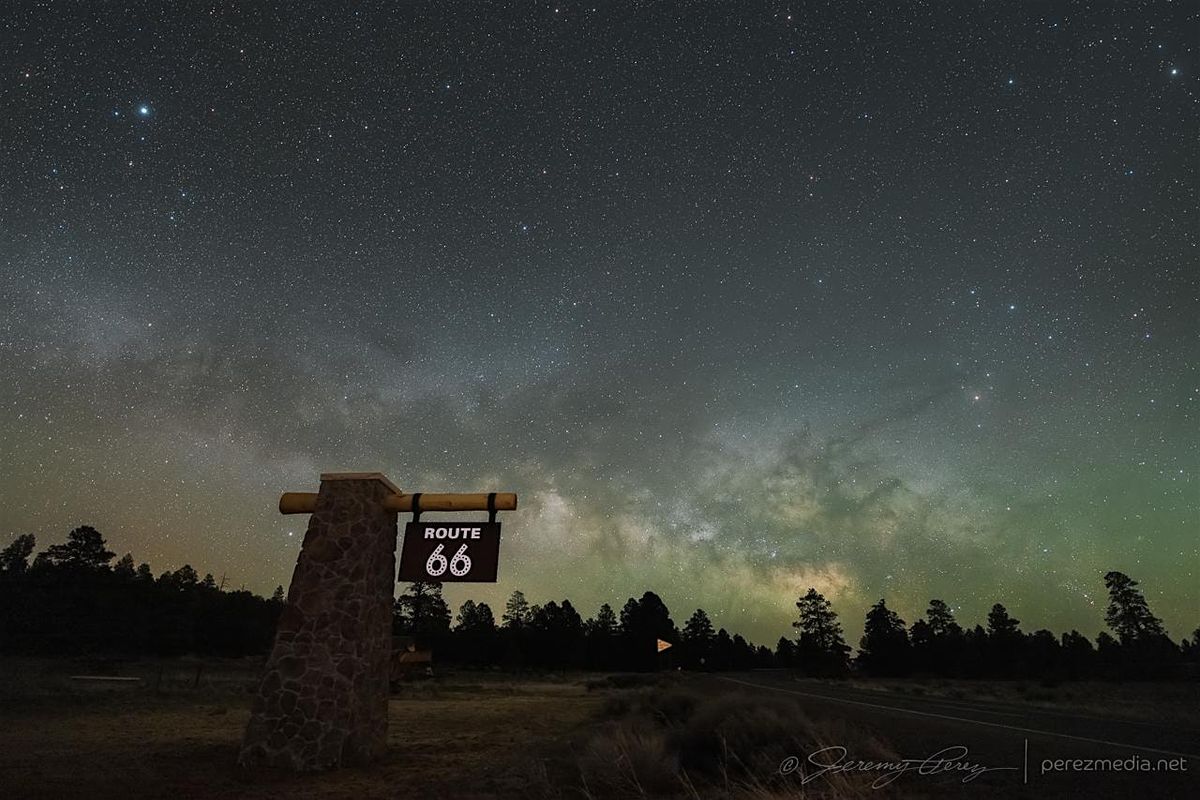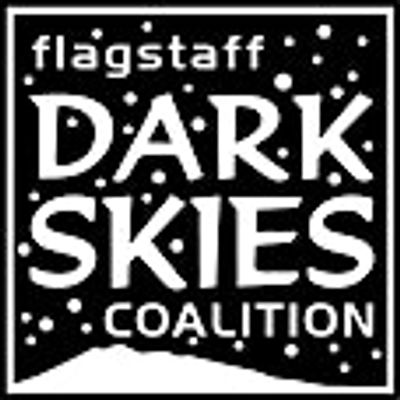Night Sky Photography Workshop with Jeremy Perez
Schedule
Fri Sep 19 2025 at 05:30 pm to 09:00 pm
UTC-07:00Location
Astrogeology Science Center | Flagstaff, AZ

About this Event
Let the night sky transform your photography. In this workshop, you will learn how to use your own camera to capture beautiful landscapes beneath dark skies exploding with stars. Your instructor, Jeremy Perez, is a Flagstaff art director with more than 4 decades of photography experience and more than 20 years photographing and studying the night sky. He is a published author, illustrator and columnist for astronomy publications and avidly pursues nightscape, nature, landscape, macro and storm photography.
The evening will begin at the USGS Astrogeology Science Center Shoemaker building, with a visually rich, classroom led presentation where you will learn:
- The wide variety of options you have for night photography and how it differs from traditional landscape photography,
- How to configure your camera and lens for nocturnal imaging,
- What other tools you will need and how to use them,
- How to scout for locations and promising compositions that meld landscapes and foregrounds to the unique structures and events in the night sky,
- How to process and manage your images to evoke your own unique vision of the night sky.
After the classroom discussion, we will take a short trip to nearby Buffalo Park for a hands-on, instructor guided opportunity to practice what you’ve learned—weather permitting. If skies are cloudy on Friday, we will hold a fallback field session on Saturday or Sunday night.
For this workshop, you will need the following:
- DSLR, mirrorless, or micro four-thirds camera with the ability to manually set shutter speed up to 30 seconds, manually control aperture, and manually adjust ISO up to 3200 or more.
- Lens capable of an aperture of f/1.4-3.5 (the wider the better) and a focal length of 24mm or shorter for full frame cameras or 16mm or shorter for crop sensor cameras. Longer focal lengths can work well for nightscape images, but require greater care to manage.
- Fully charged camera battery—preferably two or more.
- SD card with plenty of available space—preferably with a backup card if needed.
- Sturdy tripod for stable images.
- Intervalometer is recommended to trigger your shutter without touching the camera. If your camera allows for delayed shots (2 or 10 seconds) you can use this as well to avoid shaking the camera.
- Dimmable red light to preserve your night vision and that of other attendees.
- Warm clothing options—jacket, cap, gloves—layers are best. September nights in Flagstaff are often pleasant, but can get a bit cool, depending on the weather.
- Sturdy shoes for our short hike into the park. There are cactus just off trail, so some care is recommended.
For later post processing, you will need the following:
- Windows or Mac computer capable of running graphic software.
- Image editing software such as Adobe Photoshop or Lightroom, or similar programs.
- Recommended—but not required—nightscape stacking application such as Starry Landscape Stacker or Sequator.
- At least one, but preferably two or more hard drives to store your images and backups.
In advance of the workshop, you will receive a worksheet with additional details to check and practice on your camera.
FAQs
Are there ID or minimum age requirements to enter the event?
Ages 12 and up
How can I contact the organizer with any questions?
What's the refund policy?
Refunds if cancelled due to pandemic restrictions
Do I have to bring my printed ticket to the event?
No
Where is it happening?
Astrogeology Science Center, 2400 N Gemini Dr, Flagstaff, United StatesEvent Location & Nearby Stays:
USD 35.00












